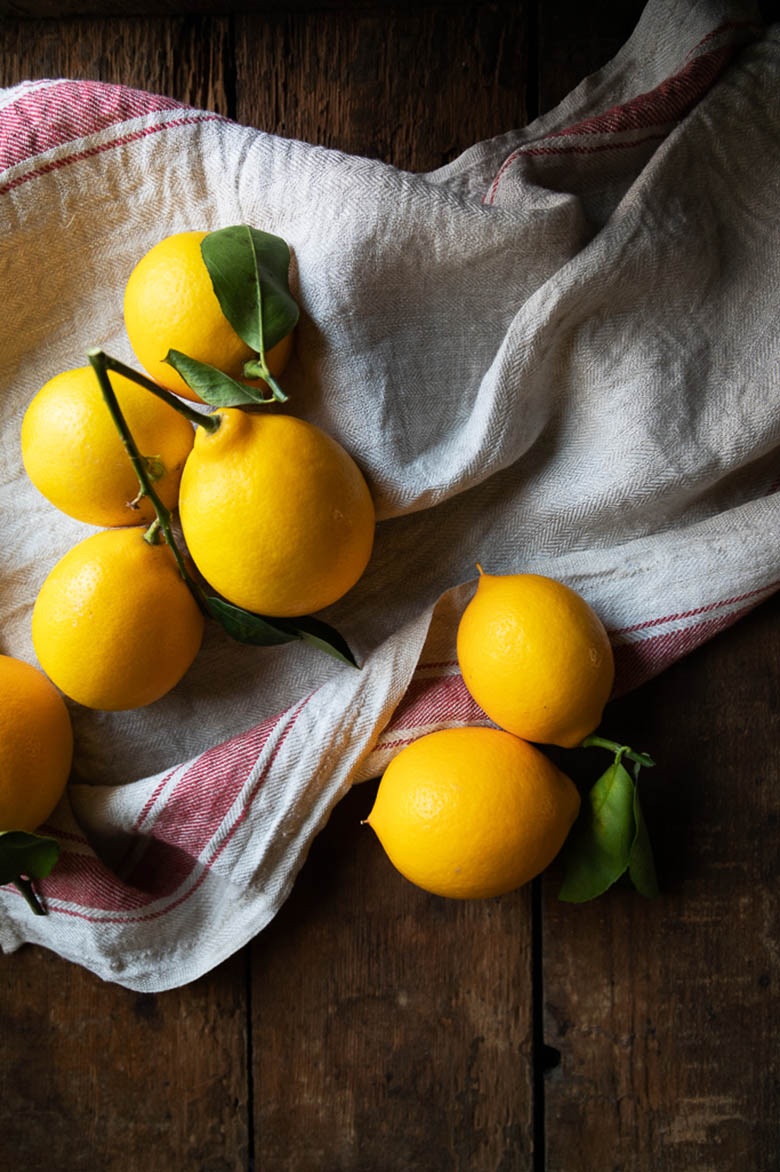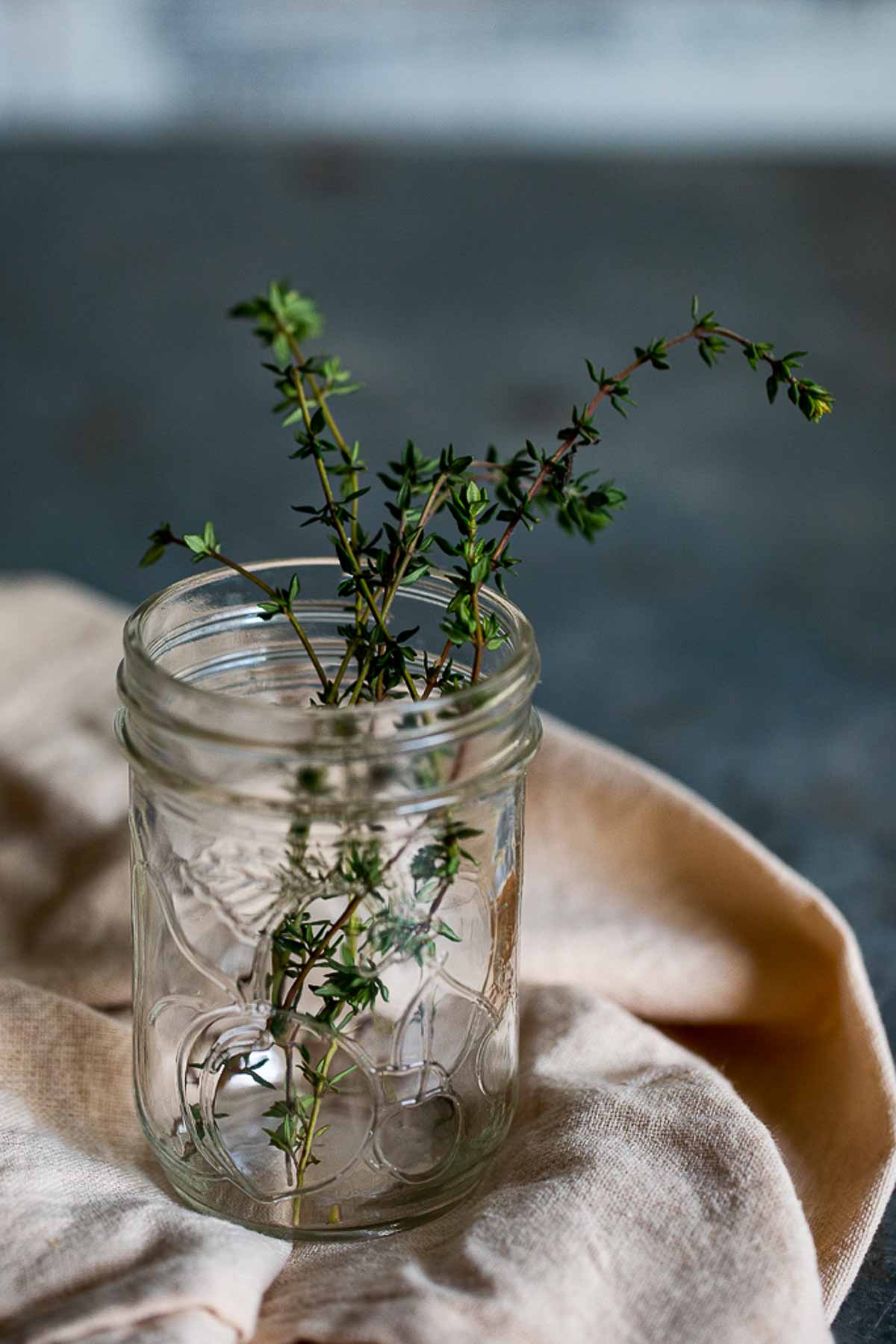how to avoid food waste

If there’s one thing I hate (and I really try not to use that word), it’s wasting food. It just seems such a pointless reality. Whether it’s because I’m throwing away something I paid for or because I’m trying to avoid food waste as we try to live more sustainably, food going bad in our fridge frustrates me to no end!
You too? I thought maybe. So while I can’t help you (or even my house) avoid all food waste, let’s talk about the 5 things that go bad most often in our fridges and try to limit that.

Why Does Food Waste Matter?
It’s estimated that 30-40% of the food supply in the US going to waste. That’s ⅓ of all food not going to people who are hungry. It’s also the single largest category of material in municipal landfills. Food waste in landfills is the 3rd largest producer of methane emissions in the US. So let’s do something about that!
Buying Seasonally and Locally?
You probably hear a lot of people pushing seasonal and local produce. And I’m one of them, but maybe not for reasons you’d think.
Local, seasonal food means that it was harvested close to when you’re bringing it home (giving you more time to enjoy it before it goes bad). It also means there’s fewer emissions transporting produce to your kitchen!

Check out these seasonal lists for what’s in season and for recipes broken down by ingredient.
CONTENTS
How to Avoid Food Waste
The five most commonly spoiled foods in our kitchens are lettuces, fresh herbs, celery, tomatoes, and bananas.
And below are all the things to know to try to eat them up before they go bad, but I’d encourage us to keep a few things in mind.
The biggest reason we tend to let some foods go bad is that a recipe calls for some but not all of it. Find another recipe you always make in tandem with that one OR consider using a different ingredient.
You can always research a recipe for something without an ingredient you don’t happen to have. These eggless pancakes are a perfect example as is a hummus without tahini!
It can be scary to stray from a recipe, but when swapping one veggie for another, there can often be easy replacements that won’t necessarily go bad in your world.
Consider what always goes bad and decide if you really need it. I love having salads, but can I tell you that I almost never finish a head of lettuce or a bag of spring mix. It always goes bad, so I started buying it less often.
Finally, avoiding food waste should start guiding your cooking. Instead of deciding what sounds good to cook, see what’s in your refrigerator, freezer, and cupboards…then make a decision about a meal from there!
And if you have little ones in your house, check out these tips for avoiding food waste with toddlers and young kids.

How to Make Lettuce Last Longer
When it comes to picking lettuce, try to buy it as close to the farm as possible and look for lettuce that doesn’t have wilting or browning.
When you get your lettuce home, remove any damaged or wilting leaves, wrap it loosely in a lightweight towel (I like cheesecloth for this kind of thing), and place it in your crisper drawer.
When you’re ready to eat it, pull it out to wash, chop, and enjoy!
If you’re buying loose leaf lettuce, remove any damaged leaves, give a good rinse, and let dry. I like to lay the leaves out on a towel on the counter. When dry, put them in a roomy, towel-lined container or bag. Allow some air to circulate if possible.
One last tip. If your lettuce is a little ‘sad,’ but hasn’t gone bad, submerge the leaves in ice water for a few minutes to perk them up!
I find the best way to get through lettuce is to make lettuce cups meals (e.g. lettuce wrap tacos) and having one of my favorite salad dressings readily on hand. Check out these delicious salad dressings.

How to Make Fresh Herbs Last Longer
Fresh herbs are my favorite way to add flavor in an instant to dishes, but they’re also among the fastest things to not survive a life in my refrigerator.
Did you know herbs have growing seasons as well? Most herbs are warm weather crops as the weather is easier on their growing season. Year-round herbs include chives, mint, cilantro, parsley, and rosemary.
When you get a package or bunch of fresh herbs from your garden or market, loosely wrap them in a damp towel (cheesecloth is again a good one here) and place them in an airtight container or resealable bag in the crisper drawer.
There are quite a few ways you can preserve herbs as well.
We love making pesto in the summer and then freezing it in small containers to enjoy in the coming months. You can also infuse olive oil or simple syrup with any fresh herb (great in desserts and cocktails). Finally, you can freeze them (stalks and all) to add to homemade soups and broths.
- use rosemary infused simple syrup in this whiskey and orange juice cocktail and lavender in this lavender cocktail!
You can also easily dry herbs (no matter how many you have). Wash and dry herbs. Tie them in a bunch and hang them upside down to dry. A few weeks later, you can cut or crumble the herbs to supplement your spice rack (or make homemade gifts)!

How to Make Tomatoes Last Longer
It took me many years of life to understand that tomatoes are a summer crop. Summer tomatoes are delicious and abundant. And tomatoes outside of summer are…well, not!
So besides looking for tomatoes in warmer months, you also want to avoid blemishes or dark spots. Tomatoes should be firm but able to give with a bit of pressure and their color should be consistent (spotty coloring means ripening happened off the vine). And it should be aromatic – meaning if you smell it near the stem, it should smell like a tomato!
Now. Let’s get to proper storage because I think we’ve all been doing it wrong. First, to store tomatoes, you want to flip them upside down (yep, stem down). Tomatoes also do well in cooler temps, so your countertop is fine if it isn’t going to get too hot – otherwise you might consider your refrigerator.
We’ve long been taught not to store tomatoes in the fridge, but you can in order to lengthen their shelf lives and you want to eat them at room temp (so allow them time to “warm” up)!
If you have an abundance of tomatoes, consider canning them (whole, crushed, or sauced) or just get in all the vitamin C by adding them to pasta dishes, slicing them to enjoy atop toast with good olive oil, or making a cheese and tomato appetizer board (recipe below). And don’t forget to share with your neighbors!!

How to Make Celery Last Longer
At the market, it seems like all celery is the same, but there are a few hints to help you figure out which is the freshest. Stalks should be firm, tightly packed without any wilting leaves. Stalks should be able to break easily, and coloring should be consistent and bright green. The darker the green, the more bitter and stringy the stalks will be.
Celery starts to wilt as it loses moisture, so you want to keep it cool and hydrated! Wrap the whole stock in a damp towel and place in the crisper drawer. If you have cut up celery, you can put the pieces in a container and submerge the stalks in cool water!
Celery can freeze but not without losing its crunchiness and some flavor. I like to keep spare celery stocks frozen to add to my homemade stock.

How to Make Bananas Last Longer
Somewhere along the line, we’ve all learned how to pick out bananas – in as much as green is not quite ripe and firmer; yellow is that medium point; brown spots means a softer, flavor-forward banana; and a brown banana means it’s time to make banana bread!
Depending on your use and taste preference, pick as needed at the market. If your family has a hard time making it through a bunch of bananas, however, I’d encourage you to break up the bunches to only buy what you need and will likely consume. You can also buy them a bit unripe to give yourself some more time to eat them.
When you get home…a few things. Keep bananas away from direct heat or sunlight. Cool and dark places are great. You want to keep bananas away from other fruit as the ripening process will speed up for everything!
You can also wrap the stems of the bananas to keep them fresh longer. Plastic, foil, and silicone are the most common materials for this. You can easily use a leftover piece of plastic or foil (no need to use anything new for this). If your plastic won’t wrap tightly, you can use a rubber band to secure it in place.
If you won’t be able to eat the bananas before getting too ripe to enjoy, consider freezing them (in halves, slices, or as a puree). They can be used later in baking and smoothies – see my go to spinach ginger smoothie recipe.
Alternatively, you can let the bananas turn brown to bake into tasty bread and muffins. You can even freeze dark brown bananas to use defrosted later!

How to Avoid Food Waste
- Plan out your meals – prioritize plans for using it all up.
- Think beyond printed expiration dates.
- Do your research about storing and preserving food (think freezing!)
- Learn to store produce properly so it lasts longer.
- Buy responsibly – only what you need and will eat.
More tips for all sorts of food in your kitchen.
Check out these basics for storing eggs properly and checking their freshness!
When should you throw away food and leftovers?
Wondering what foods you can freeze? You’ll be amazed what you can store in there!








